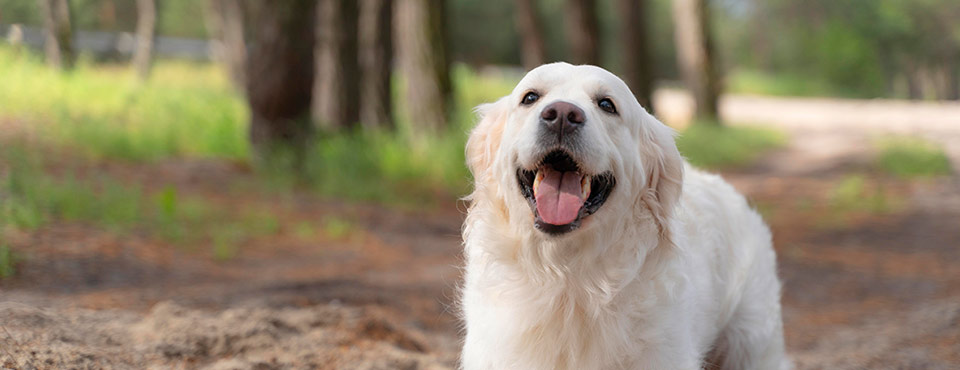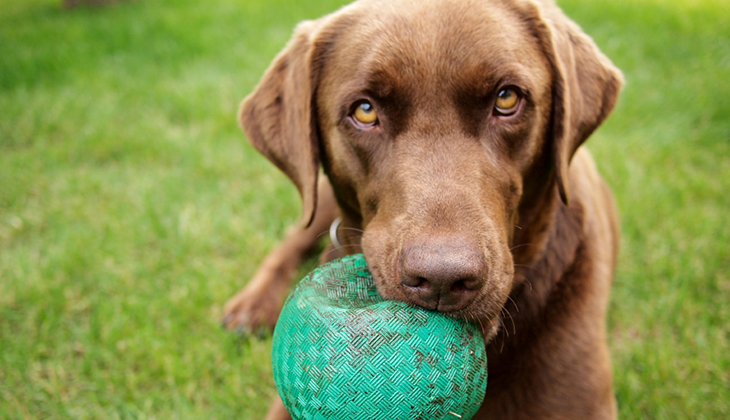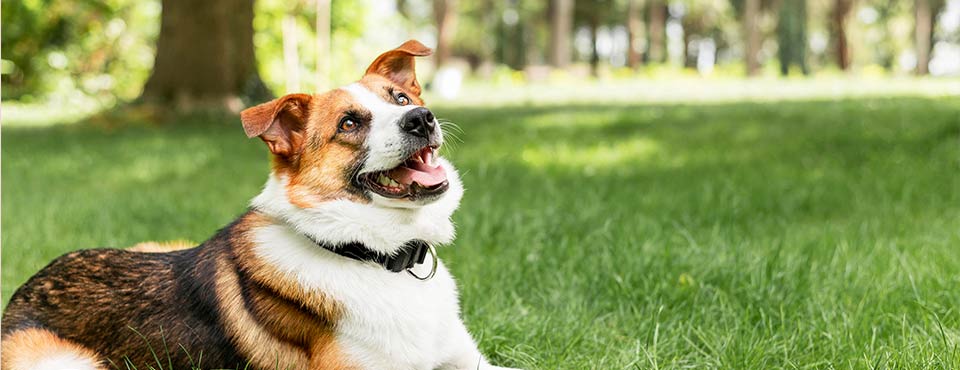Diabetes and Your Dog
HEALTH & PROTECTION
17 Aug, 2023
4 minutes

It may surprise you to learn that dogs, like humans, can develop diabetes. In fact, diabetes affects an estimated 1 in 300 dogs, but because this condition is believed to be underdiagnosed, this number is most likely higher. While diabetes is more common in middle-aged and older dogs (4-14 years of age), it can be diagnosed in dogs of any age, including young dogs. Entire or intact female dogs are twice as likely as male dogs to get diabetes.
The cause of canine diabetes is largely unknown, but certain breeds, such as Australian Terrier, Beagle, Cairn Terrier, Keeshond, Samoyed, and Tibetan Terrier, are predisposed to diabetes, which experts state is because genetics play a role. Some other breeds including Alaskan Malamute, Chow Chow, English Springer Spaniel and West Highland White Terrier appear to be at increased risk. Interestingly, the Boxer and German Shepherd Dog appear to be at lower risk of developing diabetes.

What exactly is diabetes?
Diabetes results in higher than normal amounts of glucose, or sugar, in your dog’s blood. This occurs when your dog’s body makes too little or no insulin, and as a result, there is not enough energy in the body’s cells for them to function normally and they begin to use protein and fat as alternative sources of energy. The build-up of glucose in the blood spills over into the urine, which draws in large volumes of water, resulting in increased amounts of urine, increased frequency of urination, and increased thirst.
As a result, there is not enough energy for the cells to function normally and they begin using protein and fat as alternative forms of energy. Over time, your dog may experience significant weight loss, despite having a ravenous appetite.
What are the signs of diabetes in dogs?
As with many health problems, early diagnosis of diabetes is the key to your dog living a full life. If caught early and with treatment started right away, along with careful monitoring, many dogs with diabetes live full, active lives.
The clinical signs of diabetes are a result of higher than normal blood glucose. High blood glucose concentrations overwhelm the kidneys leading to spillover of glucose into the urine. This draws large quantities of water into the bladder which in turn causes diabetic dogs to produce large volumes of urine. To compensate for this loss of water, diabetic dogs are often thirsty and will drink more than normal.
Glucose, an important energy source, is being lost from the body. So, diabetic dogs tend to be hungry and may eat more than normal, but still lose weight.
Specific signs to watch for include:
- Frequent urination and/or passing large amounts of water
- Excessive thirst and/or drinking much more than normal
- Hungry and/or change in appetite
- Weight loss, despite having a good appetite
- Cloudy eyes (a result of diabetic cataracts)
- Tired, lethargic, and/or depressed
If you notice any of these signs in your dog, make an appointment to discuss this with your veterinarian.

No one knows your dog as well as you do!
Diabetes can cause visible changes in your dog’s health and behaviour although often, these signs are not specific and can be signs of other diseases. Paying attention to your dog’s eating and drinking patterns, as well as urination and energy levels, will help you stay on top of any changes. It is also important that your dog is examined by your veterinarian at least once a year. If you do have any concerns about your dog, make an appointment with your veterinarian to discuss these.
ZA-CAN-221000009
RECOMMENDED
RELATED POSTS
-

Learn about canine babesiosis, a tick-borne disease that affects dogs worldwide. Discover its symptoms, treatments, and how to prevent it.
-

Explore how diabetes impacts cats, its signs, risk factors, and effective management through medication and diet for a healthier feline life.
-

Diabetes affects an estimated 1 in 300 dogs, diabetes is more common in middle-aged and older dogs (4-14 years of age), it can be diagnosed in dogs of any age, including young dogs. Read more.
-

Ever wonder how your dog experiences the world? Why he or she sniffs everything, everywhere? Read more and find out






